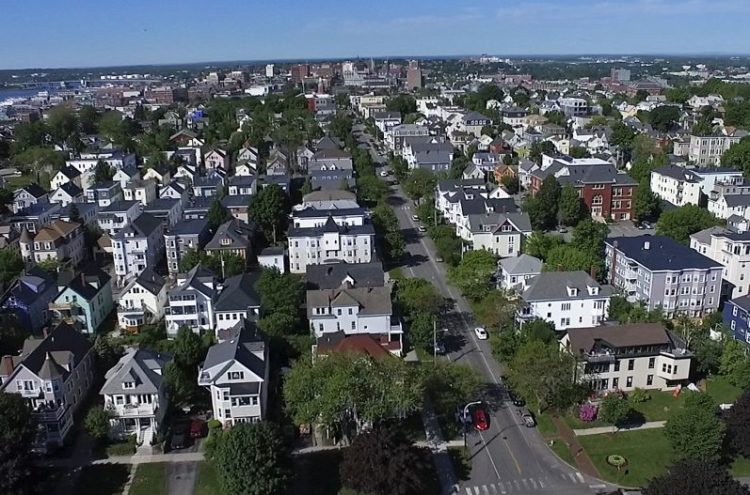A housing crisis has been building in this country for years. The Trump administration wants to make it worse.
The crisis is being fueled by rising rents and stagnant wages. As the economy has become centered on low-wage service jobs, there has been little to no attention paid to low-income housing. As a result, people are being forced into unaffordable housing, if not shoved toward eviction and intermittent homelessness.
From 2001 to 2013, the number of high-end apartments built increased 36 percent, while units for the poor shrank by 10 percent. At the same time, median rents rose significantly, 32 percent from 2001 to 2015, but wages stayed flat.
According to the National Low Income Housing Coalition, workers earning minimum wage – a growing section of the workforce – can afford a market-rate one-bedroom apartment in only 22 of the country’s 3,000 counties. Nowhere can a minimum-wage worker afford a two-bedroom apartment, with affordability defined as 30 percent of less of one’s income.
Nationwide, more than 12 million households spend more than half of their income on housing. Major cities, where the housing shortage is most acute, are seeing a marked increase in the number of working people who are living out of their cars.
In Maine, a 2015 report found 38,800 very low-income families that spend more than 50 percent of their income on housing, a 47 percent increase from 2007, before the Great Recession.
It takes a wage of $18.73 an hour to afford a two-bedroom apartment, but the average wage is just $11.44 an hour, the ninth-highest gap in the ntion.
Amid all this, federal housing vouchers only go to about 1 in 5 eligible Americans.
As a result, many Americans live on the verge of homelessness. In the best of cases, frequent moves caused by unstable housing are disruptive, causing adults to lose employment and kids to miss school. Eviction is a fact of life, often only for a few hundred dollars. And once someone becomes homeless, it becomes difficult – and costly – to reverse.
Ben Carson, the secretary of Housing and Urban Development, says this is a local problem. Besides, he says, allowing poor people a comfortable place to live will only make it more likely that they’ll stay poor.
Rather than encourage the creation of more affordable housing, Carson wants to triple the rents for about 712,000 of the poorest Americans who receive federal housing aid. He wants to make sure all low-income tenants pay more of their income on rent.
These proposals may or may not succeed – Congress has already shot down some of Carson’s other awful ideas. But it is clear that Americans struggling to find affordable housing won’t get any help from the White House.
Of course, this is not just a housing crisis. An economy tilted toward the very rich has winnowed away the middle class, making what were once moderate housing costs unaffordable.
But the numbers don’t lie. There is just not enough housing for the average American, and the gap between wages and housing costs is only going to grow.
Send questions/comments to the editors.



Success. Please wait for the page to reload. If the page does not reload within 5 seconds, please refresh the page.
Enter your email and password to access comments.
Hi, to comment on stories you must . This profile is in addition to your subscription and website login.
Already have a commenting profile? .
Invalid username/password.
Please check your email to confirm and complete your registration.
Only subscribers are eligible to post comments. Please subscribe or login first for digital access. Here’s why.
Use the form below to reset your password. When you've submitted your account email, we will send an email with a reset code.